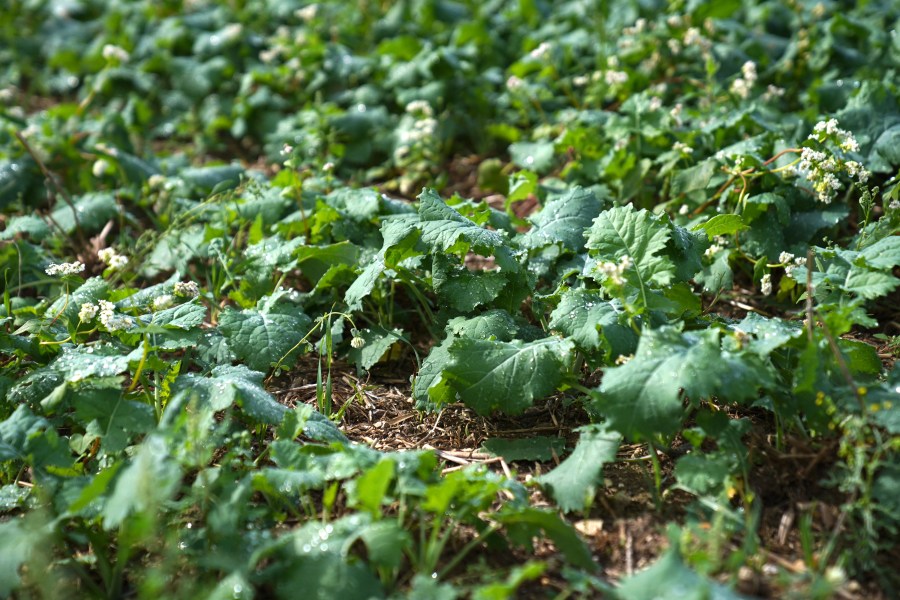A survey of UK farmers, contractors and agronomists has shown resilience among oilseed rape growers, as risk management strategies continue to evolve.
During the survey, which was conducted by Corteva Agriscience, growers indicated a preference for longer rotations and a stronger focus on either early drilling, or, a flexible approach which prioritises sowing seed into moist soils wherever possible.
Companion cropping
Among the findings was that companion cropping continues to gain popularity, with nearly 50% of farms surveyed using the technique. Buckwheat and berseem clover were highlighted as the most popular companion cropping options.
“Unsurprisingly, the most popular reason stated for why farmers grow OSR was its function as a break crop – 74% of respondents told us this,” says Clare Stapley, oilseed rape herbicides category marketing manager at Corteva.
“This shows that OSR is still an integral part of rotations but we know that it’s not without its risks and challenges. The information gathered in this year’s survey has helped to shine a light on how growers are going about successfully establishing and protecting crops.”
According to the survey, most growers plan to drill in August with less than 20% opting for July or September. But, rotations including the crop are generally becoming longer – 68% of growers leave a gap of at least five years.
Overcoming CSFB
Flexibility on drilling is the number one measure farmers said they are using in the battle against pests such as cabbage stem flea beetle (CSFB), with options including drilling early, late and/or adopting a no-till approach. Of those surveyed, 70% said min-till or no-till is their preferred approach.
Clare says to reduce the risk of crops being written off or performing poorly, many have shifted from a pre-emergence herbicide strategy to post application sprays.
“The way we grow OSR is changing and that means farmers and agronomists are looking at weed control from a new angle,” she says. “If you can delay herbicide investment until you can judge the quality of the crop and the weeds present, you’re reducing risk.”
Weed pressure
Respondents listed blackgrass and cleavers as particular concerns. Clare explains that Corteva’s post-emergence herbicide Belkar (halauxifen-methyl+ picloram) is highly effective at treating many key weeds such as cleavers, cranesbill, fumitory, poppies and shepherd’s purse.
“It delivers robust and reliable control of key problem weeds in variable temperatures, with a flexible window of application from September to the end of December,” she explains.
Propyzamide-containing products were identified as being key to effective grassweed control. “Stewardship of these products is extremely important and it’s timely to be reminded of this as we go through the autumn. Applications should be made at the right time, at the right rate, and in the right conditions to avoid the product entering water courses and allowing it to work most effectively,” she concludes.




